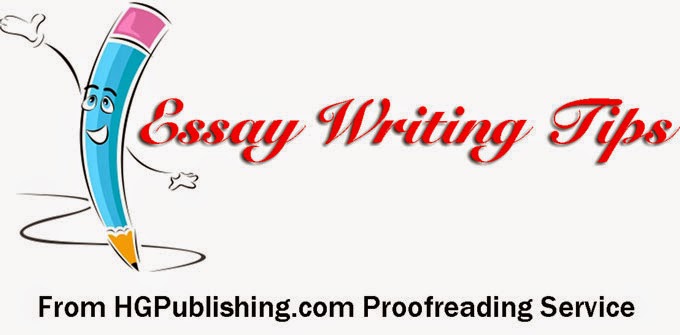In the British Columbia province-wide high school exams, the "use of a variety of sentence structures" is one of the criteria for marking. One of the ways to do this by expanding your repertoire of punctuation beyond commas and periods. However, when I'm editing college (and even graduate level essays) I see the poor semicolon and colon misused horribly. So let's clarify how to use these punctuation marks, and you can see your essay writing marks improve instantly.
First a warning: this is intermediate level stuff. If you are still struggling to write a coherent sentence, stick to writing simple sentences. I often tell beginning writers to get used to writing subject-verb-object-complement (SVOC) sentences. It's like any other art. You must learn the basic rules before you go off into doing fancy stuff. In other words, "walk before you run."
But once you can write basic sentences consistently, it's time to write more complex sentences.
Colon or Semicolon?
The graphic above provides the basic rules for colons and semicolons. A colon introduces a list, or the part after the colon expands or explains the part before the colon. In essence, these are the same things: a list provides details (expands). Notice from the graphic that we can use the colon whether or not the list is in the form of bullet points. However, the use of the colon depends on the structure of the sentence.Use a colon to expand or explain.
If the first example had begun with "The expeditions goals were to..." then a colon would be incorrect. No punctuation would be needed to introduce this list. "The expedition's three goals were to explore, seize land, and find gold. This would be true even if the sentence were structured in the form of a bulleted list.
Semicolons are entirely different kinds of animals. In fact, they used to be known as semiperiods, which I think is a better name. They act like a comma, only stronger. That's why when I'm editing, the most common circumstance when I insert a semicolon is to fix a run-on sentence caused by a comma splice.
Use a semicolon to join two clauses.
A run-on sentence is a sentence where two main clauses are joined improperly. It usually looks something like this: "I went to the store, I bought bread." This is known as a comma splice. The comma is not strong enough to join the two clauses. It needs help. We can fix this sentence with a conjunction: "I went to the store, and I bought bread." Another way to fix the sentence is to use a semicolon because a semicolon is strong enough to do the job. "I went to the store; I bought bread." Two clauses joined together with meanings that are parallel are called "parallel structure." Some nice sentences with parallel structure are what markers like to see when marking provincial exams.
Use a semicolon in a list where items use commas.
Sometimes we need to write a list, but the items in the list contain commas. For example, it is necessary to use commas when writing city names with their states. So it's confusing to the reader if you're writing a list of city names with states and joining them with commas. I went to New York, NY, Springfield, MA, and Dallas, TX. Did I go to Springfield, OH and Massachusetts or Springfield, MA? The semicolon solves this dilemma. I went to New York, NY; Springfield, MA; and Dallas, TX. This is also useful if the list contains commas for other reasons. The body of scientists named for honors included Oppenheimer, father of the hydrogen bomb; Einstein, originator of the Theory of Relativity; and Darwin, whose Theory of Evolution changed our understanding of our place on the planet.
One of the most common errors in using a semicolon is to use it in lists where items do not contain commas. Even if the items in the list are long, there is no need to use a semicolon.
A few easy rules for colons and semicolons will improve your writing:
- Use a colon to expand or explain (e.g. introduce a list)
- The introduction to the list must be structured for the use of a colon
- Use a semicolon to join clauses of equal weight to create parallel structure
- Use a semicolon to join items in a series when items contain commas.
That's all. Happy writing!

